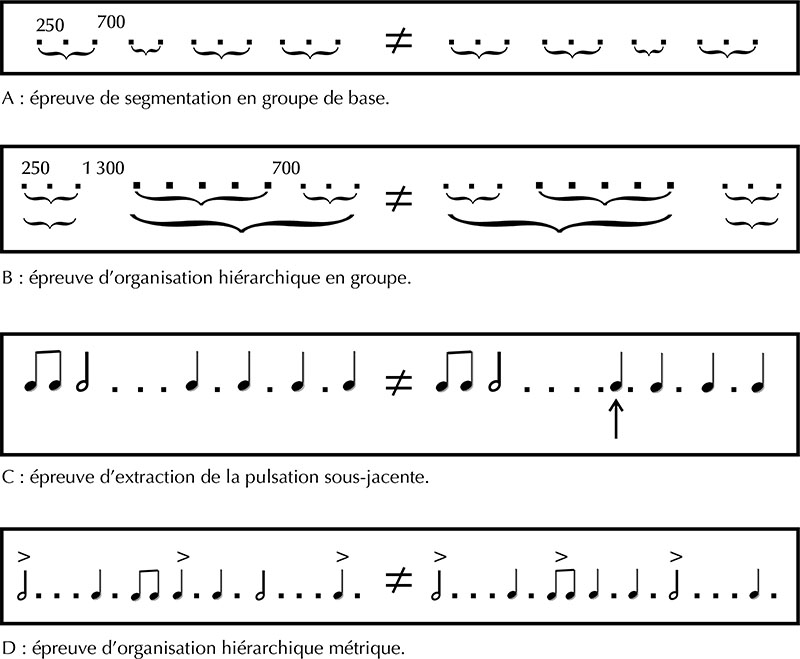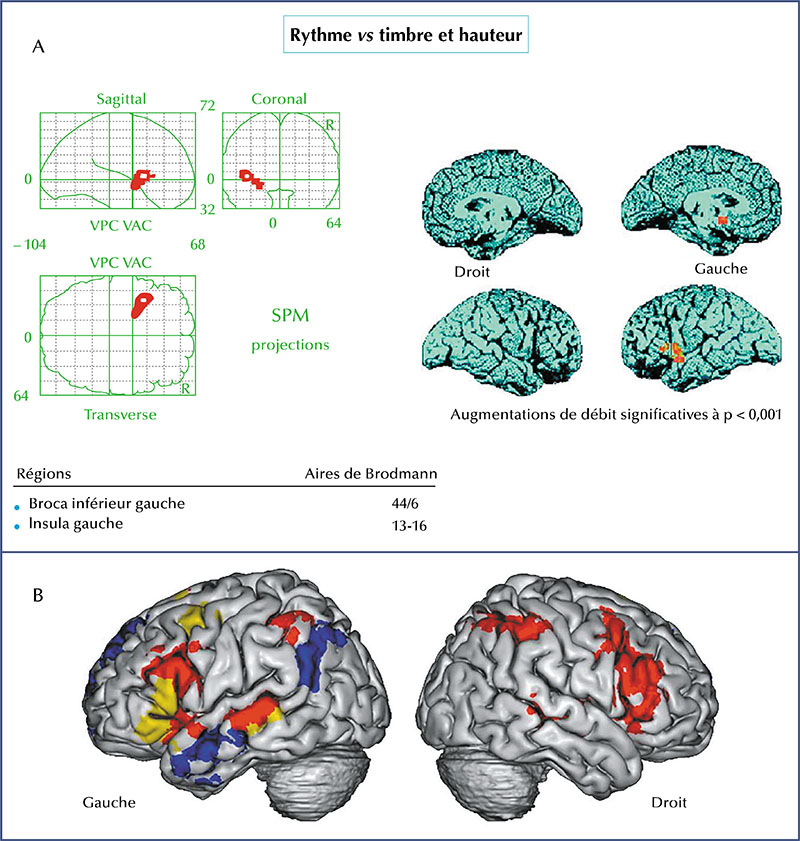Revue de neuropsychologie
MENUNeuropsychology of musical rhythm: Mechanisms and clinical applications Volume 14, issue 4, Volume 14, numéro 4, Octobre-Novembre-Décembre 2022
- Key words: rhythm, music, motor skills, emotion, beta rhythm
- DOI : 10.1684/nrp.2022.0729
- Page(s) : 251-6
- Published in: 2022
Musical rhythm is a dimension that can be broken down into several sub-components, and whose processing by the brain is done in relatively separate areas depending on the mode of organization of subsequent auditory information (segmentation into groups or extraction of an underlying pulsation). Classically, we can distinguish three main aspects of rhythm: perceptual, motor, and affective. Recent works explain the obvious links between the motor and affective dimensions, but above all these studies specify the physiological interactions between the motor cortex and auditory cortex, in particular the presence of beta rhythms in the auditory cortex whose modulation is correlated with the presence of beta rhythms in the motor areas. The implications of understanding these neural mechanisms open up new perspectives in therapeutic proposals in rehabilitation (following a stroke) and in the clinical management of neurodegenerative diseases such as Parkinson’s disease.



